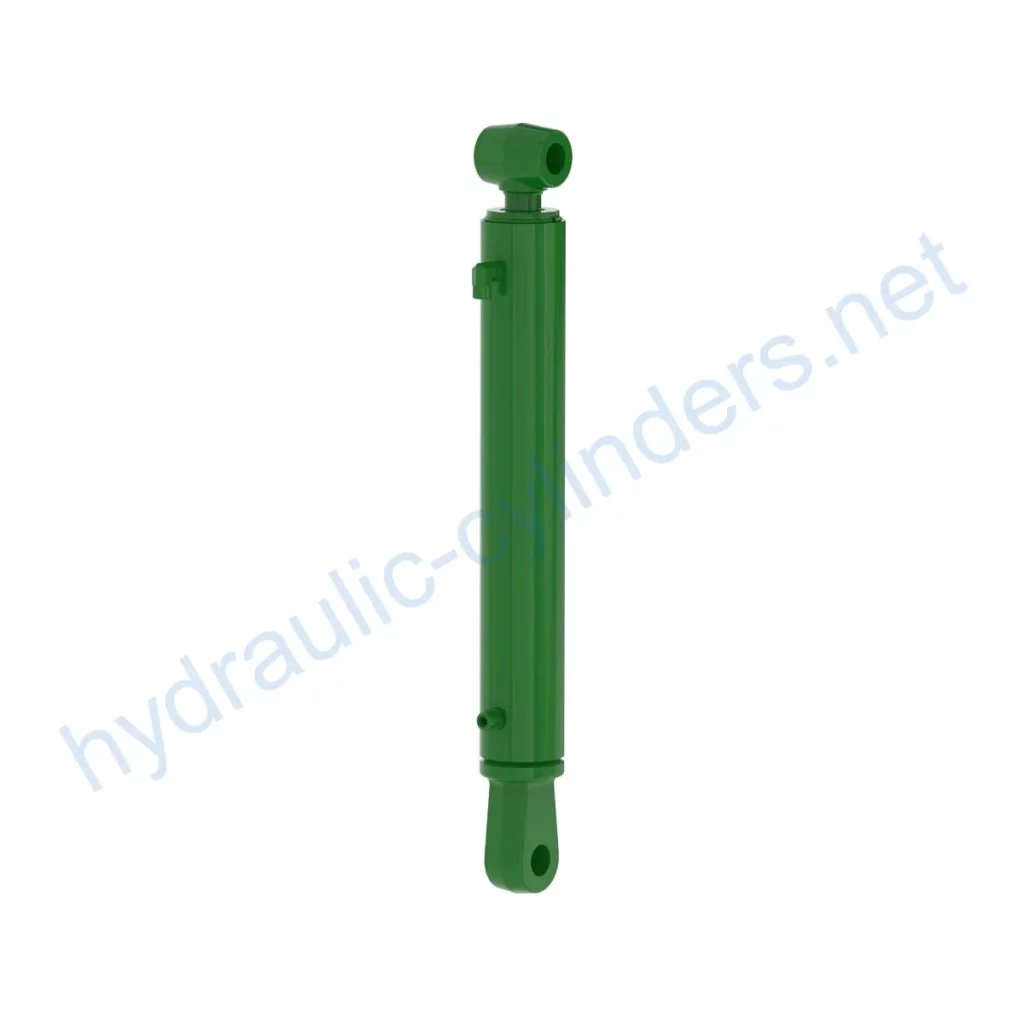Replacement Of AHC19316 Hydraulic Cylinder
Introduction
The Replacement Of AHC19316 Hydraulic Cylinder is a crucial component in various hydraulic systems. It plays a vital role in providing the necessary force and motion required for smooth operation. This hydraulic cylinder is designed to replace the original AHC19316 model and offers enhanced performance and reliability.
Specifications
- Weight: 51.9 lb
- Height: 5 in
- Length: 33.3 in
Model
The Replacement Of AHC19316 Hydraulic Cylinder is compatible with the 540R model.
Features
-
Improved Equipment Performance
Replacing damaged or worn hydraulic cylinders can restore the equipment’s normal operational capabilities, ensuring optimal performance in various applications.
-
Enhanced Safety
Regularly replacing hydraulic cylinders reduces the safety hazards caused by cylinder failures, ensuring the safety of operators and equipment.
-
Overload Protection
New cylinder designs often incorporate better overload protection mechanisms, enhancing overall safety.
-
Quick Installation
Modern hydraulic cylinders are designed for easy installation and replacement, minimizing downtime.
-
Standardized Components
Many hydraulic cylinders are standardized, making it easier to obtain replacement parts in the market.
Applications
-
Excavators
In excavators, hydraulic cylinders in the arm or bucket may get damaged due to prolonged use or overload, requiring replacement to restore normal operation.
-
Cranes
The hydraulic cylinders in crane booms are prone to wear during frequent lifting and lowering operations, necessitating regular replacement to ensure safety.
-
Tractors
The hydraulic cylinders in front-end loaders of tractors may experience leaks or decreased performance during continuous lifting and tilting operations, requiring replacement.
-
Harvesters
During harvesting, hydraulic systems endure high pressures, and cylinders may get damaged due to fatigue, requiring timely replacement to maintain work efficiency.
-
Automated Production Lines
Hydraulic cylinders are used to control robotic arms and other automated equipment. Failure of cylinders can significantly impact production efficiency, necessitating immediate replacement.
-
Die-casting Machines
In high-pressure and high-temperature environments, hydraulic cylinders in die-casting machines may experience decreased performance. Regular replacement ensures product quality.
-
Mining Equipment
Hydraulic cylinders in mining equipment are used for lifting and moving heavy loads. Regular inspection and replacement are necessary to avoid equipment failure in harsh working conditions.
-
Bulldozers
Worn hydraulic cylinders in the blade of bulldozers can result in decreased pushing capabilities, requiring timely replacement to maintain operational efficiency.
Maintenance Tasks
Regular maintenance tasks for the Replacement Of AHC19316 Hydraulic Cylinder include:
-
Periodic Inspections
Regularly inspecting the cylinder for any signs of wear, damage, or leakage is essential to identify potential issues.
-
Proper Lubrication
Applying the appropriate amount of hydraulic oil at regular intervals ensures smooth operation and prolongs the life of the cylinder.
-
Seal Replacement and Calibration Checks
Replacing worn seals and performing calibration checks guarantee optimal performance and prevent leaks.
Safety Considerations and Environmental Factors
When using the Replacement Of AHC19316 Hydraulic Cylinder, it is vital to follow safety precautions to prevent accidents and ensure the protection of personnel and equipment. Adequate training and the use of appropriate safety measures are crucial.
Troubleshooting and Common Issues
Some common troubleshooting scenarios and issues related to the Replacement Of AHC19316 Hydraulic Cylinder are:
-
Leakage
If hydraulic fluid is leaking from the cylinder, it may indicate a seal failure or a damaged component. Inspect the cylinder and replace any faulty parts.
-
Insufficient Force
If the cylinder fails to provide sufficient force, check for hydraulic fluid leaks, worn seals, or misalignment. Address the issue accordingly by replacing or adjusting the affected parts.
-
Slow Operation
If the cylinder operates slowly, it could be due to insufficient lubrication, worn components, or a decrease in hydraulic pressure. Ensure proper lubrication and replace worn parts if necessary.
Fault Handling and Prevention
For effective fault handling and prevention, consider the following tips:
- Regularly inspect and maintain the hydraulic system to identify potential issues before they escalate.
- Keep spare parts readily available to facilitate quick replacement in case of a failure.
- Train personnel in proper maintenance procedures to prevent common mistakes that may lead to malfunctions.
- Follow manufacturer guidelines for installation, lubrication, and calibration to ensure correct operation.
- Implement a preventive maintenance schedule to address potential problems and extend the lifespan of the cylinder.
Design Considerations and Selection Criteria
When selecting a replacement hydraulic cylinder, consider the following design considerations:
-
Load Capacity
Ensure the replacement cylinder can handle the required load capacity to prevent failures and maintain safety.
-
Sealing and Durability
Choose cylinders with high-quality seals and durable materials to ensure longevity and minimize the risk of leakage.
-
Safety and Maintenance
Consider the safety features and ease of maintenance of the replacement cylinder to optimize performance and minimize downtime.

